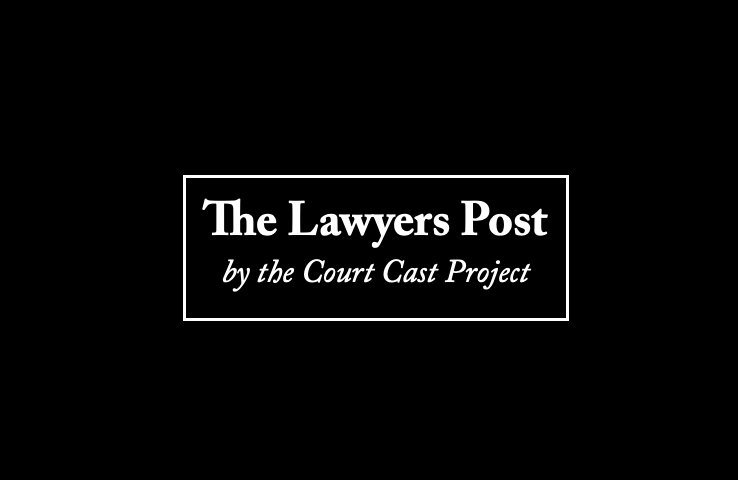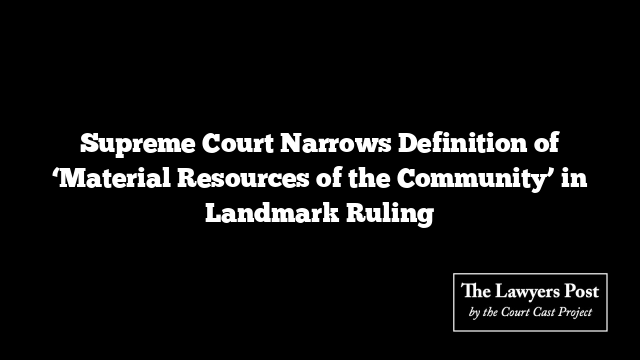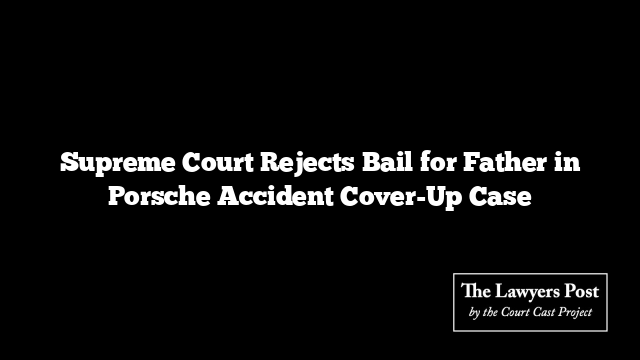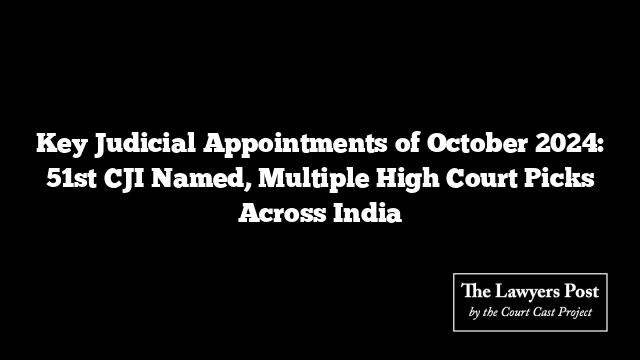In a landmark judgment, the Supreme Court has clarified that not all private properties qualify as “material resources of the community” under Article 39(b) of the Constitution, setting a significant precedent in Indian constitutional law.
The Seven-Judge Bench, led by Chief Justice Dr. DY Chandrachud, delivered a majority verdict of 7:2, asserting that private properties cannot be automatically classified as community resources subject to equal distribution. The court reaffirmed the constitutionality of Article 31C, as upheld in the seminal Kesavananda Bharati case of 1973, preserving the scope of this provision in its original form.
The decision effectively rejects the expansive view expressed in earlier cases like State of Karnataka v. Ranganatha Reddy and Sanjeev Coke Mfg. Co., which had interpreted “material resources of the community” to include both public and private assets. In contrast, the court found that such a broad interpretation was untenable, with a view that only publicly owned resources fall under the constitutional mandate of equitable distribution.
Justice BV Nagarathna, while agreeing with the majority on the broader constitutional issues, diverged on Article 39(b). She suggested that private resources could, under certain circumstances, be transformed into community material resources. On the other hand, Justice Sudhanshu Dhulia, in his partial dissent, expressed concerns over the exclusion of privately owned resources from this definition, arguing that a more inclusive approach might better serve public interest.
The case stemmed from challenges to the constitutional validity of provisions in the Maharashtra Housing and Area Development Act, 1976, particularly Chapter VIII-A, which had aimed to facilitate the acquisition and redistribution of private properties for public benefit, including the restoration of cessed buildings in Mumbai. These provisions had sparked a series of legal debates about the interpretation of Article 39(b) and the state’s authority to regulate privately owned material resources.
This ruling addresses the ongoing tension between private property rights and the state’s obligations under the Constitution to promote social justice and equitable distribution of resources.





